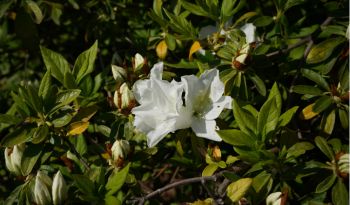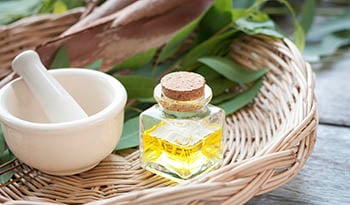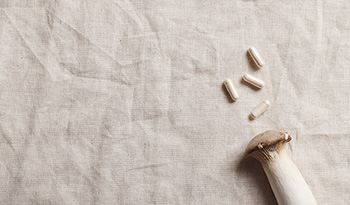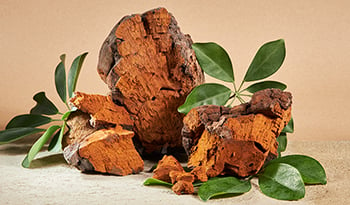Neti Pot: Benefits and How to Use One

What Is a Neti Pot?
A neti pot is a nasal irrigation tool that washes out mucus and debris in the nasal cavity and sinuses. Neti pots come in several forms and offer many benefits when used regularly in your personal hygiene routine. They are used with a saline solution made with a specific type of water. Read on to learn how a neti pot may help improve any nasal symptoms you may be experiencing and how to incorporate it into your wellness routine.
There are three main types of neti pots. While different in form and usage, each helps clear debris and mucus from the nasal cavity:
- Standard neti pot: The standard version looks like a small tea kettle. To use this version, the spout of the neti pot is gently pressed against one of your nostrils. You then tilt your head to the side and fluid from the neti pot washes in one side of your nose and out the other, helping to clear the debris and mucus in your nose and nasal cavity.
- Squeeze bottle: This version is used like the standard version. However, after you hold the tip of the bottle to your nostril, you remain standing upright while squeezing the bottle. Some people find this method more comfortable than the standard version.
- Automatic: The automatic nasal irrigation tool comes with the saline solution already inside. After inserting the spray nozzle into your nostril, you administer pumps of solution to clean your sinuses. This option is ideal for travel, as all the neti pot components are pre-mixed, requiring no preparation before use.
Neti Pot Benefits
Incorporating a neti pot into your regular personal hygiene routine offers benefits ranging from clearer nasal passages to reduced nasal inflammation and relief from sinus infections and allergies.
Cleanse Nasal Passages
Dust, dirt, debris, and mucus can get caught in your nose, leading to a variety of uncomfortable symptoms. One of the main reasons adults decide to use a neti pot is to clean out their nasal passages. Whether you are trying to improve congestion from a cold or have seasonal allergies causing an itchy nose, irrigating your nostrils and nasal cavity may help.
Relieve Inflammation
Congestion is a major cause of nasal inflammation. This sinus inflammation can lead to trouble breathing, which may impact your sleep and more. The saline solution used with a neti pot can thin mucus, leading to less congestion and, in turn, less inflammation. Reducing your nasal inflammation may improve your breathing without the use of medications and could potentially lead to other benefits, like more restful sleep.
Sinus Infection Relief
If you have ever suffered from a sinus infection, you understand why so many are on the hunt to relieve the pounding in their sinuses. Sinus pressure from mucus build-up and inflammation can be incredibly uncomfortable. Using saline solution with a neti pot can provide relief without medication. In addition to thinning mucus and reducing inflammation, the neti pot can also flush out bacteria and viruses, helping to lower the chance of further infection.
Promote Respiratory System to Self-Clean
Your ears, nose, and throat are all connected by a series of tubes and comprise part of your upper respiratory system. Because neti pots can wash away bacteria and viruses and clear away debris, nasal irrigation can promote a healthy respiratory system. Cleansing your nasal passages of irritants and illness helps your respiratory system maintain a healthy environment to reduce infection and breathing troubles.
Allergy Relief
An itchy nose and congestion are common symptoms of allergies. Sure, an over-the-counter medication can alleviate the discomfort associated with allergies, but a neti pot may help, too. As the saline solution from a neti pot travels through your nasal passages and eventually exits your nostril, allergens are also expelled. During the spring, when many people notice more allergens, daily use of a neti pot may be especially helpful.
Cold Symptom Management
The stuffy nose that is synonymous with a cold isn’t just annoying—it can also lead to increased pressure in your sinuses and, possibly, an infection. A nasal decongestant medication may be a traditional form of relief, but the neti pot should be part of your treatment, too. This can thin mucus, allowing you to expel it more easily and reducing your chances of infection. Check out this blog to learn more holistic ways to manage your cold symptoms.
How to Use a Neti Pot
The way you use your neti pot will vary slightly depending on the type you have. However, all versions share a few similarities in their usage. Always follow the directions provided in your neti pot’s package.
- Clean and sterilize: To start, all nasal irrigation tools should be kept clean and sterilized to reduce the likelihood of introducing bacteria into your nasal cavity.
- Use only sterile or distilled water: The water you use in your neti pot should be sterile or distilled. This further reduces the chance of bacteria or viruses entering your nasal passage. If distilled water isn’t available, you can use boiled tap water that has cooled to room temperature.
- Create the saline solution: Next, you can add salt to your water to create a saline solution. You can purchase individual packets of salt for this purpose. If you are using an automatic nasal irrigation tool, the saline solution will already be in the vessel, so there is no need to add any ingredients.
- Irrigate your nasal passages: Lastly, follow the directions of use on your individual product. While the standard net pot requires you to tilt your head to allow the saline solution to enter and exit your nostrils, the squeeze bottle and automatic versions will likely instruct you to stay standing up straight. For the best outcome, consult the instruction manual that came with your device.
How to Clean a Neti Pot
Thoroughly clean your neti pot after each use by rinsing it with sterile water and dish soap. Be sure to clean all parts of the neti pot—including the nozzle, arm, and the water-holding compartment—as nasal backwash may contaminate it during treatment. Lastly, dry your neti pot with a clean dish towel or single-use towel. If you are using an automatic neti pot, clean the nozzle using an alcohol swab and allow it to dry completely before storing or using again.
Neti Pot Use Side Effects
Although using a neti pot is generally safe and without concerns, possible side effects exist. One of the most common symptoms is a burning sensation in the nasal passage. This can be caused by the salt concentration in the solution. Although this sensation usually passes quickly, add a small amount of baking soda to your saline solution if you find it irritating.
Always use sterile tools and ingredients to prevent infections. However, even when following best practices, there is a slight chance of introducing bacteria or viruses into your nasal cavity while using a neti pot. Using non-sterile tap water in the solution may lead to nosebleeds, and overusing the neti pot may dry out the nasal cavity.
How to Make Your Own Neti Pot Solution
While the individual salt packets make it easy to create a saline solution, you can also create your own using this recipe:
- Combine three parts non-iodized salt with one part baking soda. Teaspoons are an appropriate measure for these ingredients.
- After you combine and stir your salt and baking soda, add one teaspoon of the mixture to 8 ounces of sterile water. Again, it is important to use sterile, distilled, or boiled and cooled water to limit the risk of infection.
- Gently stir the mixture until the salt is dissolved. Warming the liquid may allow the solid components to dissolve more quickly.
Takeaway
As you can see, using a neti pot as part of your wellness routine offers many benefits. And with few side effects, a neti pot is a good, effective alternative to some over-the-counter cold, allergy, and sinus medications. Whether you are trying to alleviate the discomfort of a sinus infection or cold or experiencing nasal symptoms from allergies, a neti pot may be just what the doctor ordered to get you feeling better!
References:
- Succar EF, Turner JH, Chandra RK. Nasal saline irrigation: a clinical update. Int Forum Allergy Rhinol. 2019;9(S1):S4-S8.
- King D, Mitchell B, Williams CP, Spurling GK. Saline nasal irrigation for acute upper respiratory tract infections. Cochrane Database Syst Rev. 2015;2015(4):CD006821.
ANSVARSFRASKRIVELSE:Velværesenteret har ikke til hensikt å gi diagnoser ...












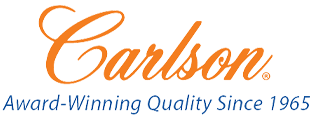








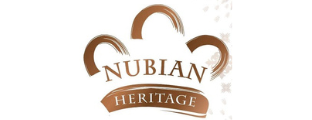
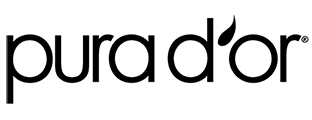

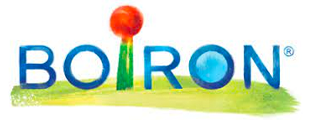

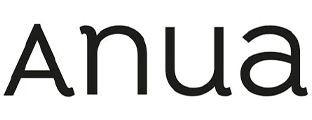
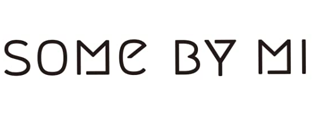





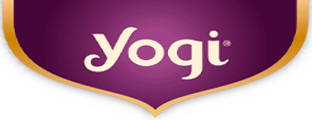
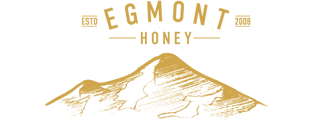

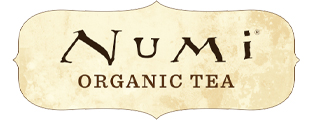
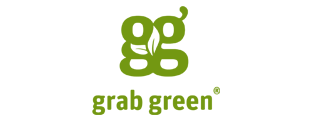







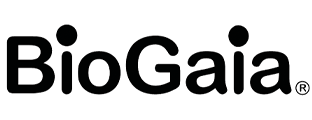



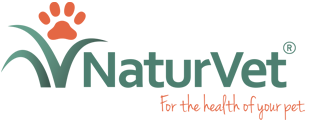
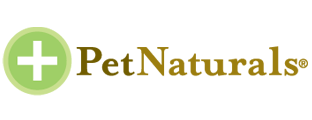





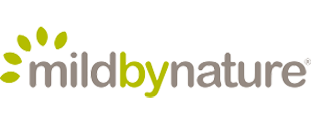

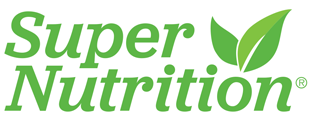
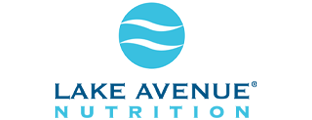




















 Innholdsfortegnelse
Innholdsfortegnelse





